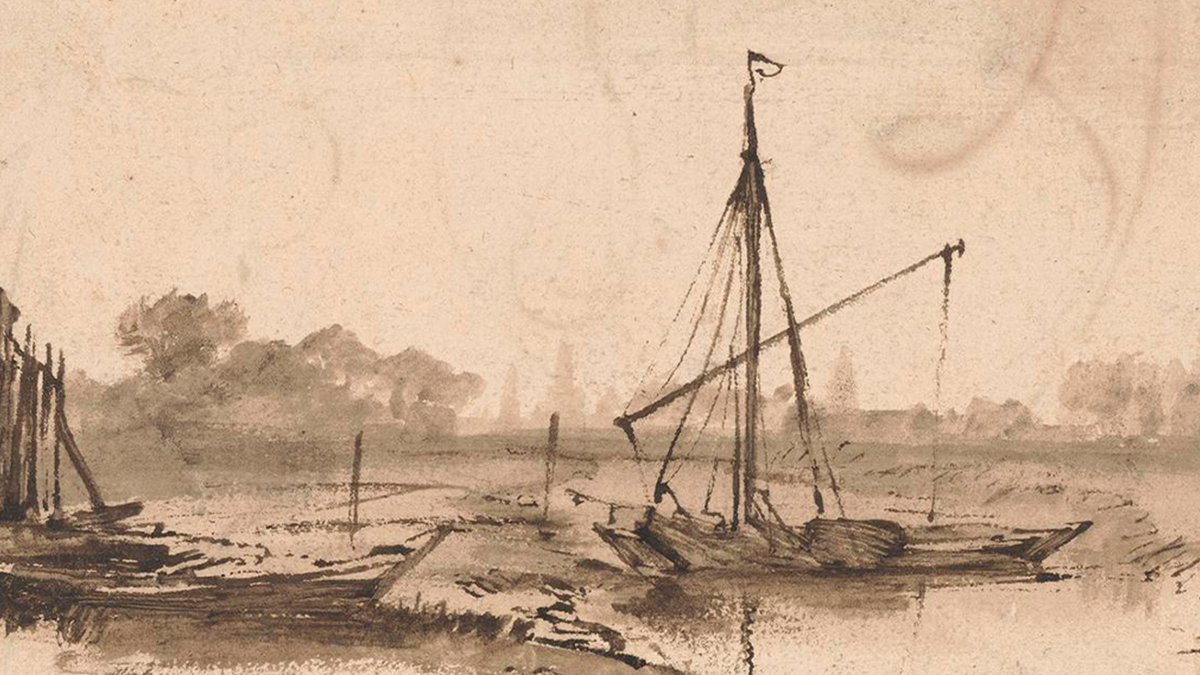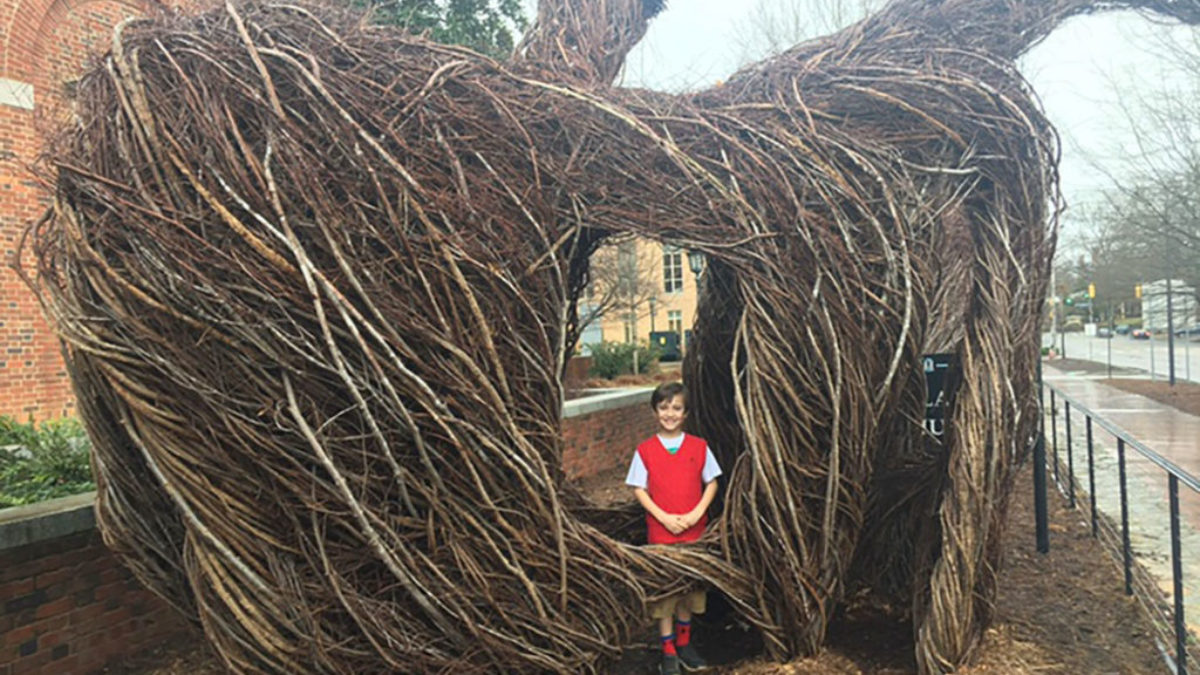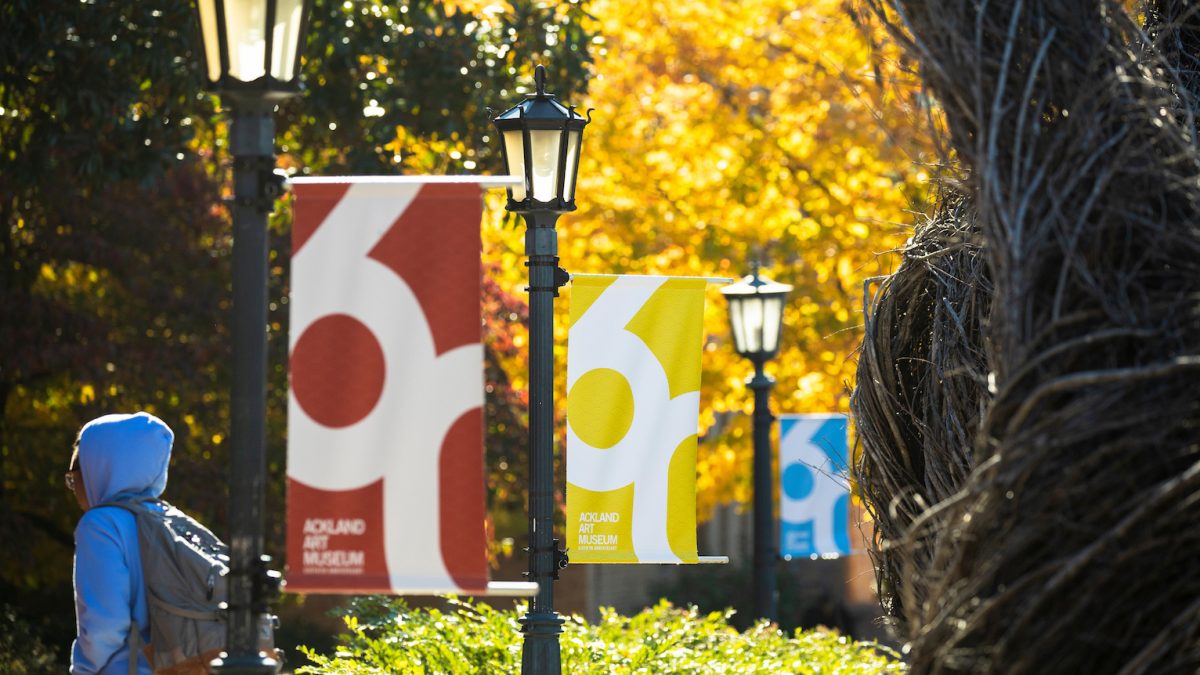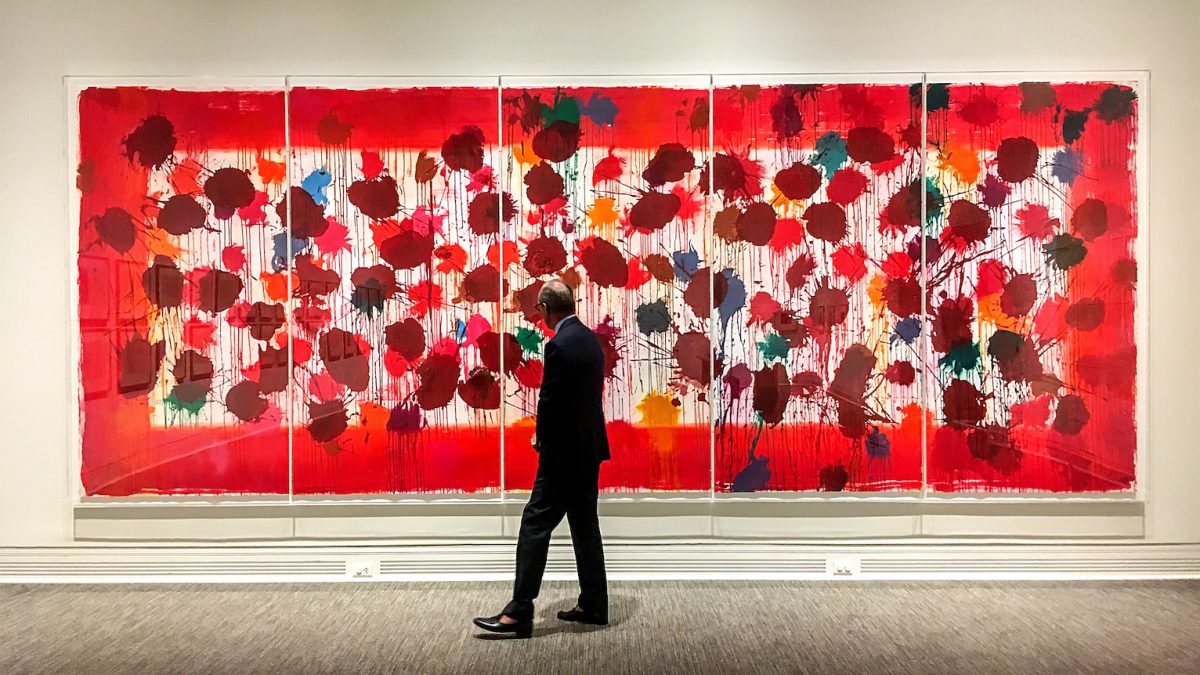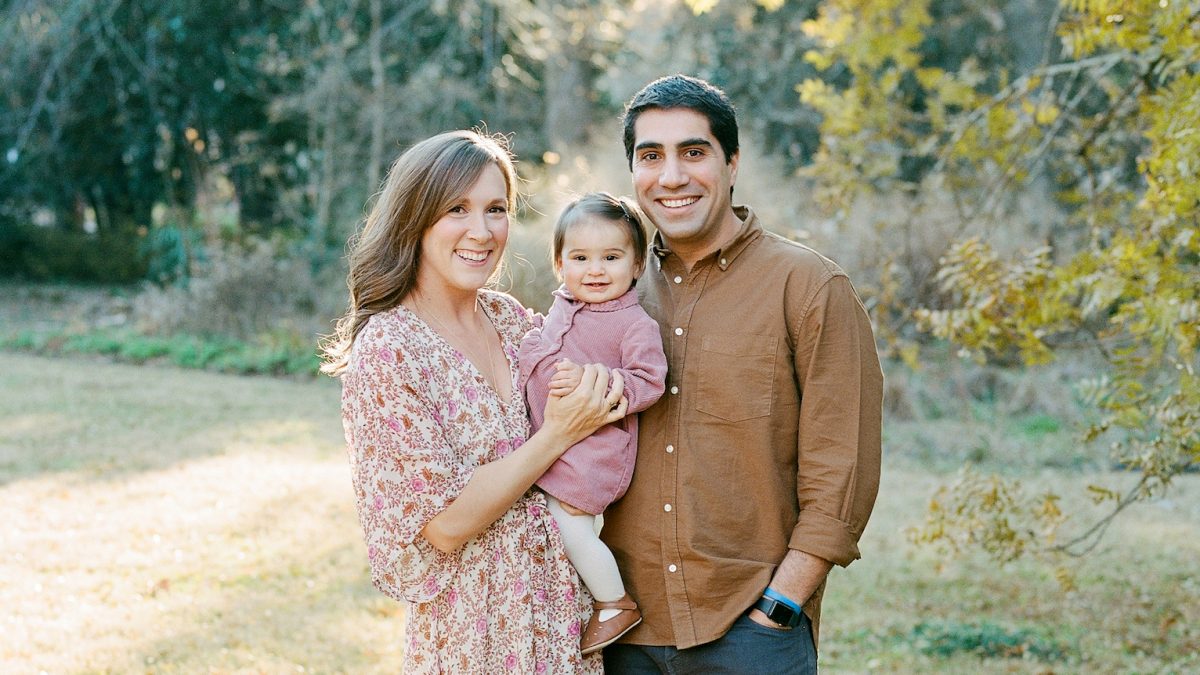When Galleries Become Classrooms
In Ackland Upstairs, students and scholars from various fields use art to fuel their curiosity.

In Ackland Upstairs, students and scholars from various fields use art to fuel their curiosity.
“It’s my job to work with faculty, look at their syllabi and figure out how together we can connect their course objectives to objects and learning possibilities in the Museum,” says Elizabeth Manekin, head of University Programs and Academic Projects at the Ackland Art Museum.
In addition to lots of teaching, the partnership between UNC faculty and the Museum comes together in Ackland Upstairs, a gallery refreshed twice per semester to meet the unique needs of Carolina professors and students. There are many ways to look at, learn from and appreciate art, and the six sections of Ackland Upstairs — each containing objects and prompts specific to a particular course — reinforce this diversity of approaches. In any given semester, one corner might hold works by American Indian artists to complement an American Studies course. Turn around and you might see Islamic artifacts that broaden religious studies students’ understanding of a dynamic global religion and culture.
In Ackland Upstairs, students and scholars from various fields use art to fuel their curiosity: What is this thing? Why is it this way? How can I understand it better? The space serves as a laboratory of sorts for new, innovative ways of teaching and learning. Students experiment through assignments, too, from writing museum labels to developing augmented reality projects in response to artwork in the collection.
To this end, Manekin is always looking for unexpected ways to bring art to life through close looking and expansive thinking. She has partnered with graduate students at Carolina’s Digital Innovation Lab to develop an application whereby members of the public can “text” with works of art in the Museum. Walk up to a display case in the Ackland’s African art gallery, and you can “converse” with a figure about where it comes from, why it was created and what it symbolizes.
Especially at a global public research university, this call to actively look, to re-examine how one sees and thinks, is critical. “We are a proudly public university art museum. The Ackland is an incredible resource, not only because of our renowned global collections, but also for our capacity to bring people together to ask questions, to have conversations,” said Manekin. “The Ackland serves as an important hinge between the University and the public.”
As new exhibitions are staged and permanent galleries are reimagined, each day at the Ackland Art Museum holds a new answer to the question: What do you see?
